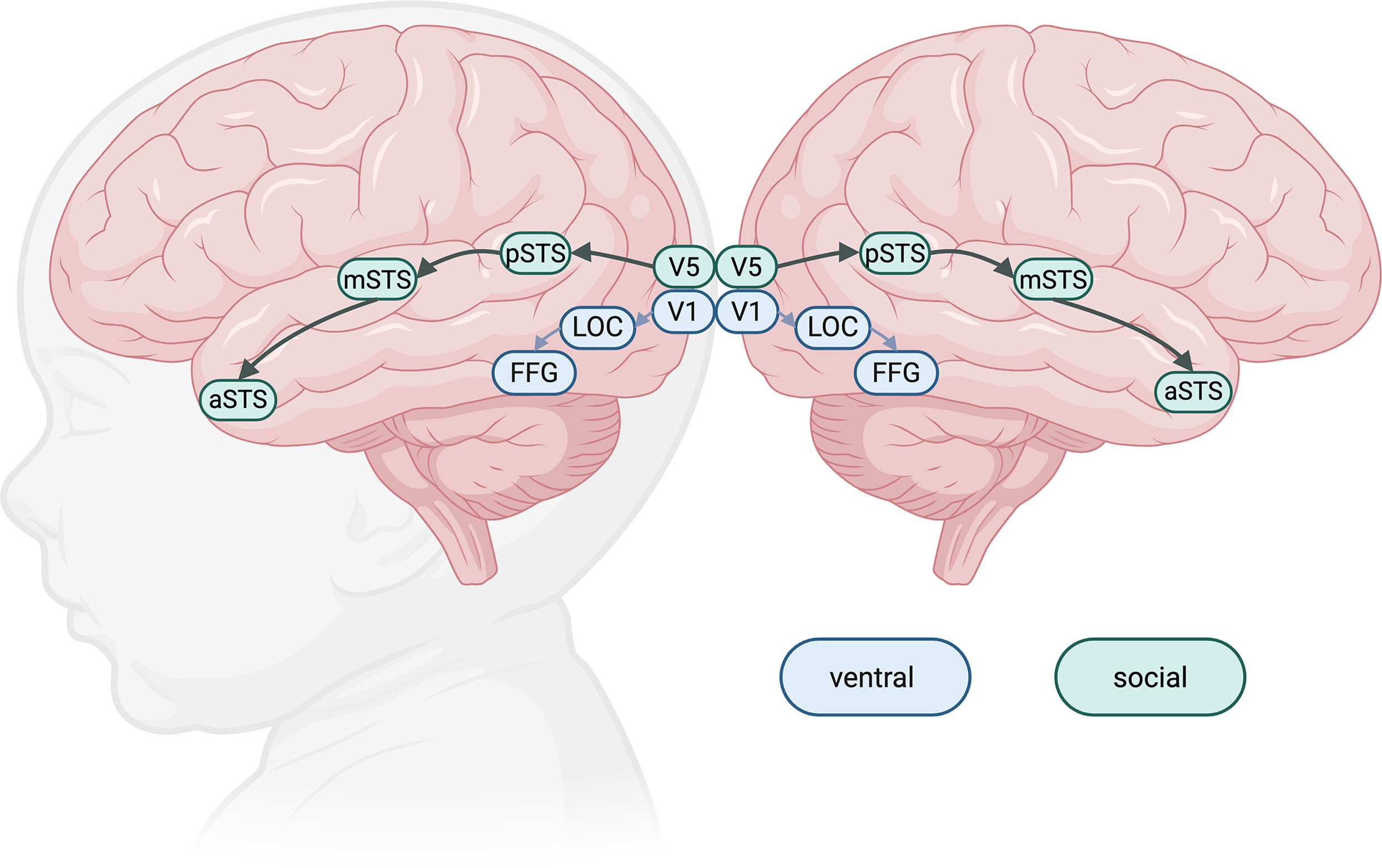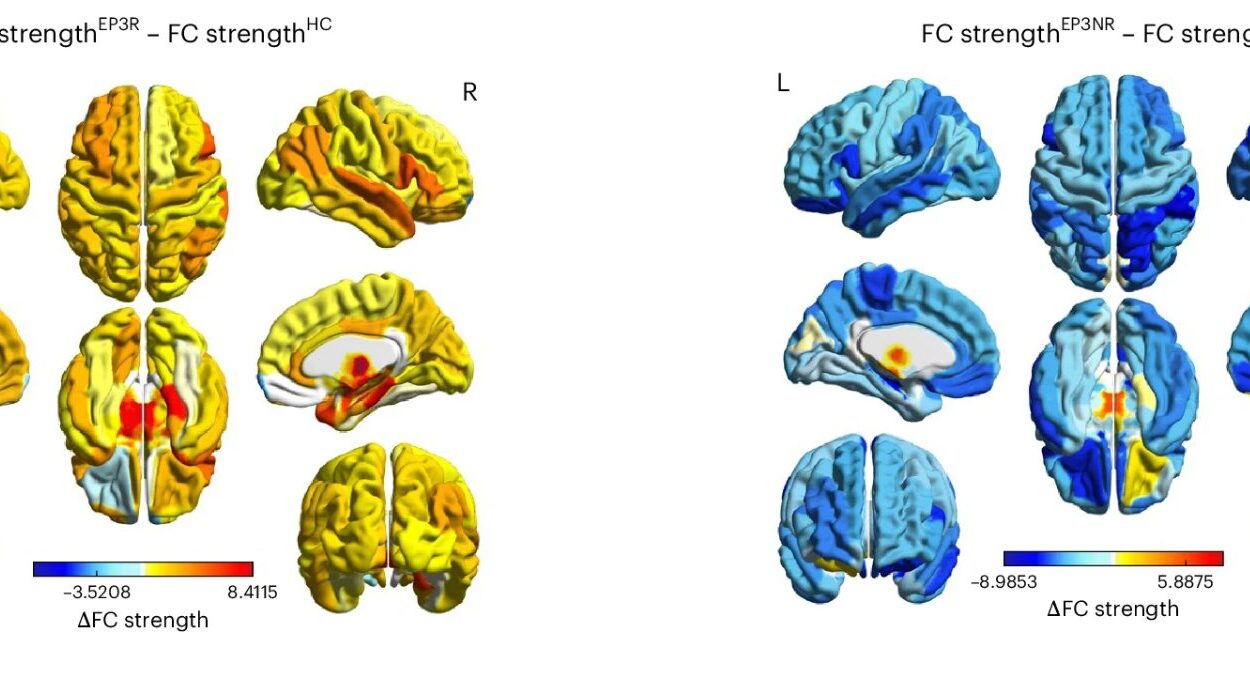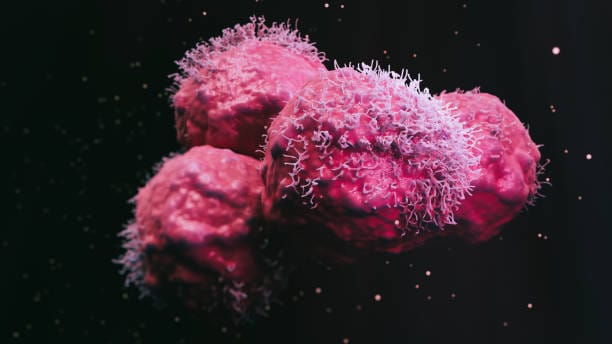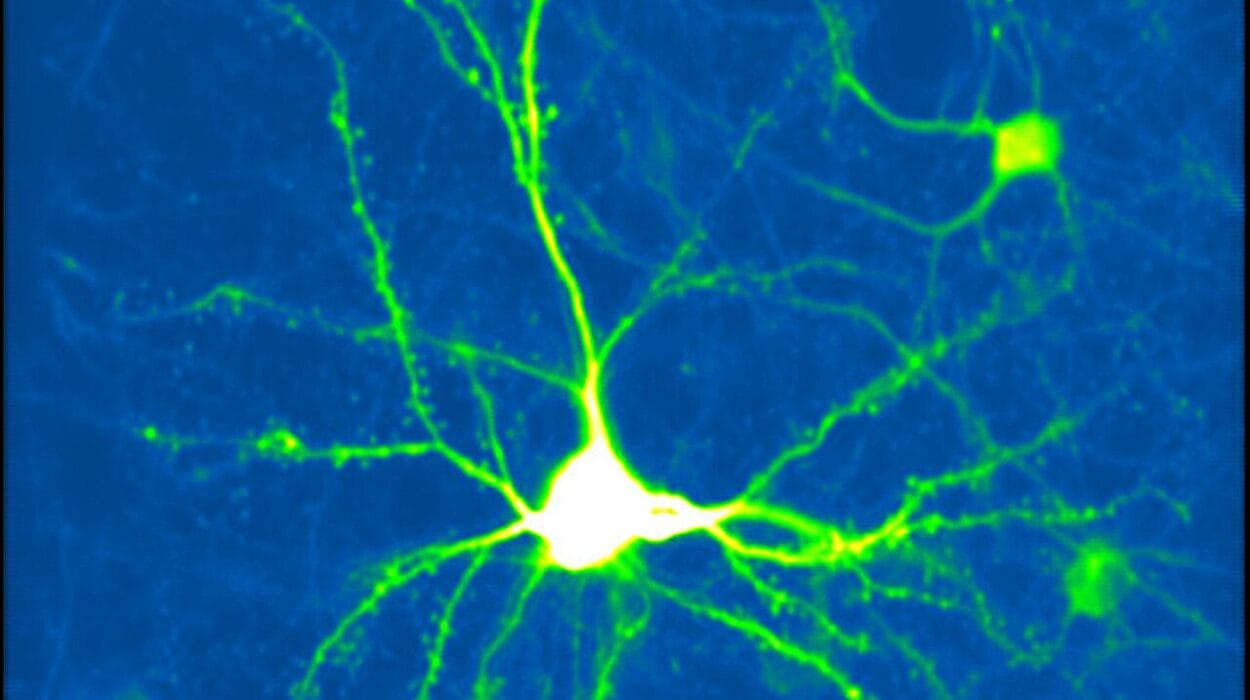From the very first moments of life, faces matter. A newborn’s world may be blurry and filled with unfamiliar sensations, but the human face is a beacon of meaning. Parents instinctively lean close, waiting for their baby’s first gaze to lock onto theirs, searching for the spark of recognition that begins the journey of social connection.
For most infants, this moment comes naturally. But for some, the attention to faces is less strong, and this difference can be an early sign of autism spectrum disorder (ASD). Understanding when and how the brain learns to process faces, gaze, and voices is not just a matter of curiosity—it is central to understanding the foundations of social development, and to helping children who may struggle with it.
A Pathway Already in Place
Scientists at Yale have uncovered compelling evidence that the brain’s network for processing social information—known as the social perception pathway—begins functioning at birth, or very soon after. Their work, recently published in Biological Psychiatry Global Open Science, suggests that the capacity for social engagement is not something that emerges suddenly months later but is present from the start of life.
The social perception pathway is made up of interconnected brain regions, including areas dedicated to visual processing and the superior temporal sulcus, which specializes in interpreting faces, speech, and gaze. These regions form a kind of neural circuit for recognizing and responding to social cues—the building blocks of human communication and relationships.
“We found that connectivity within this network was already quite robust within a couple of weeks after birth,” explains Dustin Scheinost, Ph.D., associate director of biomedical imaging technologies at the Yale Biomedical Imaging Institute.
This means that the baby brain is already primed to seek out the social world—to notice the curve of a smile, the warmth of eye contact, and the sound of a parent’s voice.
The Evidence from Brain Imaging
To study this process, researchers turned to the Developing Human Connectome Project, a large-scale initiative that collects brain imaging, behavioral, and genetic data from infants. Using magnetic resonance imaging (MRI) scans of newborns, the Yale team mapped the functional connectivity between brain regions involved in social perception.
What they saw was striking: the network was not dormant, waiting to be activated months later. It was already alive with activity, wiring the newborn brain for connection. This offers a powerful explanation for why even very young infants seem to prefer looking at faces and following the gaze of others.
A Closer Look at Autism Risk
The story grew even more interesting when the researchers studied another group of infants: those who had a family history of autism spectrum disorder. These babies, who are at higher risk of developing social challenges, also showed an interconnected social perception pathway at birth.
But here, subtle differences emerged over time. When these children were followed as they grew, the strength of connectivity in the pathway shortly after birth predicted how much attention they paid to faces at four months old. And those early face-looking behaviors, in turn, were linked to later social outcomes. Children who showed more face-focused attention at four months were less likely to experience social difficulties at 18 months.
“This suggests that the cortical brain processes that give rise to social attention are likely at play shortly after birth and lay the foundation for development of social engagement skills,” says co-senior author Katarzyna Chawarska, Ph.D., Emily Fraser Beede Professor of Child Psychiatry at Yale School of Medicine.
Building Blocks of Human Connection
These findings carry profound implications. They suggest that the architecture of social engagement—the ability to pay attention to others, to connect through gaze, and to begin forming the bonds that define human life—is already set in motion at birth. This does not mean social skills are fixed or unchangeable, but rather that the roots run deeper and earlier than many had realized.
For families of children at risk of autism, this research underscores the importance of the very first months of life. It raises the possibility that careful monitoring of brain connectivity and early attention patterns could one day help identify children who might benefit from support long before behavioral signs of autism become clear.
The Human Dimension
It is easy to think of brain networks as abstract circuits of neurons, but in reality, they are the living foundations of our most intimate experiences. Every shared smile, every laugh between a baby and a parent, every word of comfort or encouragement rests on the ability of these circuits to function.
The Yale team’s findings remind us that social attention is not a learned behavior tacked on later in development—it is part of who we are from the start. It is as though the brain comes into the world carrying a compass that points toward other people, guiding us toward the faces and voices that will shape our lives.
Looking Forward
The researchers are now expanding their work, examining larger groups of children and additional measures of attention. By doing so, they hope to paint a clearer picture of how the social perception pathway develops and how it might differ in children who later face social challenges.
“This work will help us understand more about the brain processes that drive social attention in typical development and that may be involved in the social vulnerabilities we know are associated with autism,” says Chawarska.
The ultimate hope is that such research will not only deepen our understanding of the brain but also lead to earlier, more effective ways of supporting children who struggle to connect.
A Window Into the Earliest Moments
The image of a newborn gazing up at a parent is one of the most powerful symbols of human life. Thanks to advances in brain science, we now know that beneath that gaze lies a complex network already at work, laying the foundation for a lifetime of social interaction.
This research does more than map neurons—it opens a window into the very beginnings of connection, showing us that the desire to look, to notice, to engage, is present from the very first breaths of life. It is a reminder that the story of being human begins not with words or actions but with a look, a gaze, a face that matters more than any other.
More information: Katarzyna Chawarska et al, Functional connectivity in the social perception pathway at birth is linked with attention to faces at 4 months, Biological Psychiatry Global Open Science (2025). DOI: 10.1016/j.bpsgos.2025.100597






